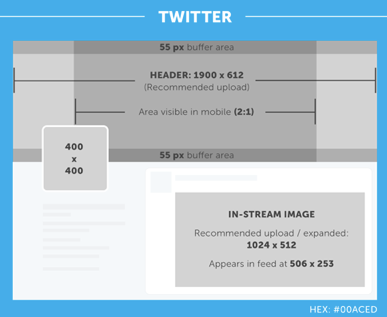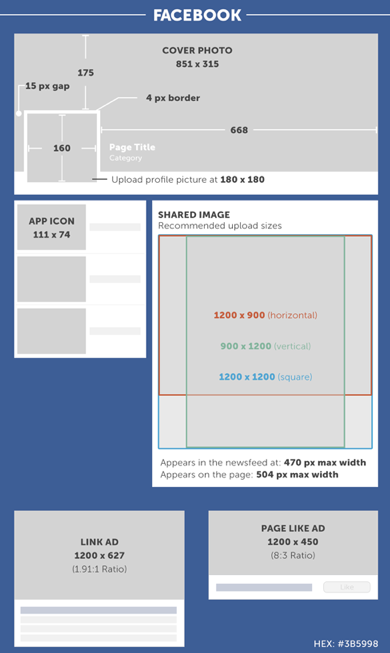The simple answer to the headline question is – It depends on how you use it.
Now let’s unpack what that means.
Twitter announced the “in-stream image” feature, likely as a reaction to the growth in popularity of Instagram & Vine. The addition of imagery can bring followers closer to what’s happening, and allow for messaging to stand-out through the use of graphical images.
How You Use It
Many companies and individuals have struggled to adapt the image functionality. They continue to post photos and marketing images as they always have. We’ve all seen the images with low resolution, cropped off messages or heads. Each social channel has their image optimization requirements and editing functionality. For example, if you post a large image on Twitter it is automatically cropped and displays as 440×220px. Facebook has several optimal image size requirements: Profile images display at 160x160px, but optimal upload size is 180×180. Cover images display at 176x667px, and optimal upload file size is 315x851px. LinkedIn has completely different image optimization requirements.
With each social channel having individual image requirements, figuring out what works best can be time-consuming. The following are some of the most common image size requirements for LinkedIn, Twitter and Facebook.
 |
 |
 |
Great visuals have become a crucial aspect of online marketing. In fact, 63 percent of social media is made up of images! The first step in cutting through all that eye-candy is fundamental; size and resolution. Get that wrong, and it won’t matter what your imagery shows or says.
Doing It Right
It is important to focus on content that engages your audience; it also worth it to experiment with using more imagery to draw attention to your content. One without the other is not going to drive the results you need. Consider the types of images your audience might pay attention to, and track the images perform the best on your channels. It’s a fact that posts with images get more responses — more likes, comments and shares. In addition to their visual impact, images take up more space in viewers’ news feeds. This increases the odds of a post getting noticed, especially on mobile devices with smaller screens.In the world of social media, text copy is limited and images are worth a thousand words. What’s more, studies show that people are more likely to remember the content of a post when it’s accompanied by imagery.